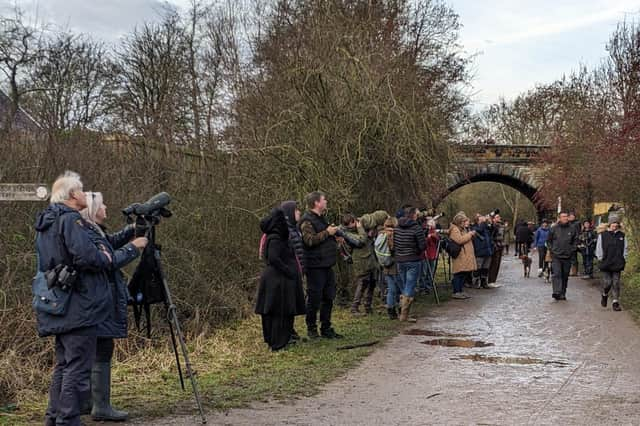The ‘irruption’ of waxwings has been attracting hundreds of admirers to the county as the beautiful birds have arrived in larger than usual numbers in the UK in search of their favourite food - berries.
The visitation of the rare bird to Derbyshire includes a congregation on the Monsal Trail near Bakewell of more than 300 birds.
Derbyshire Ornithological Society tweeted that ten waxwings flew west over Bottoms Reservoir in Derbyshire, 13 are still in Chesterfield around the junction of Hasland Road and Whitebank Close as well as the large number at Hassop Station.
Mark Cocker, an author and naturalist, based in Derbyshire who writes for the Guardian's Country Diary, said the congregation on the Monsal Trail had been recorded as 365 birds on Decemeber 31 and it is among the largest flocks ever recorded in the county.
He added: “I have waited half a century to see even a group involving three figures but the sight and experience of these hundreds is nothing short of wondrous.”
Mark said the birds feed almost exclusively on fruit and are eating the Hawthorn berries, which are in abundance in the area. They will stay in the area until the food source is eliminated and then move on. Waxwings are annual visitors from Scandinavia but a bumper number of the distinctive birds have been spotted arriving in the country.
"Hundreds and hundreds of people have been to see them and have enjoyed the waxwings. They are a very tame bird and have no fear of people,” added Mark.
"If it is not the continent’s most dazzling songbird, it is in an elite cadre with wallcreeper and golden oriole and perhaps 1-2 others. Just look at the details that make up waxwing aesthetics. The bird’s whole plumage is dense and lax almost like luxuriant fur and then there is that black bandit’s mask, which can give its owner an occasional threatening shrike-like quality, although the way it sweeps up and back from the eye, which is itself framed delicately in white, reminds me of the kind of kohl-line beloved of Egyptian queens.”
The Derbyshire Ornithological Society has produced a map which shows all waxwing records received during December. This represents 64 sites from 229 individual records, and shows what an amazing year for the species this has been.
Steve Thorpe, Secretary of The Derbyshire Ornithological Society said: “DOS is primarily focussed on records, particularly in support of conservation efforts, so we are able to quickly produce this type of output to explain patterns and behaviours.
"These waxwings at Hassop are currently around 350 strong, the Derbyshire record is 400 which was recorded in December 1970, so we are watching the number closely to see if we can beat the record this year!”
The waxwing is described as a "plump bird" which is slightly smaller than a starling.
It is known for its prominent crest and does not breed in the UK but is a winter visitor.
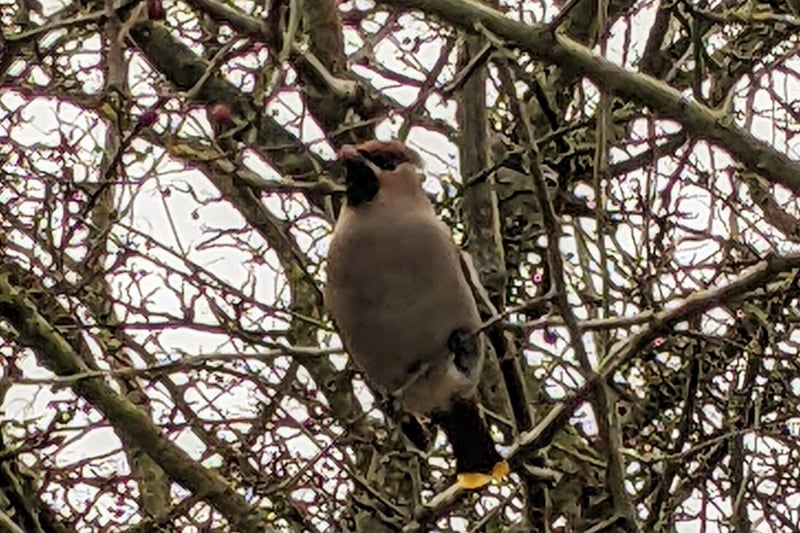
1. Waxwings
The beautiful birds have arrived in larger than usual numbers in the UK in search of their favourite food - berries. Photo: submit
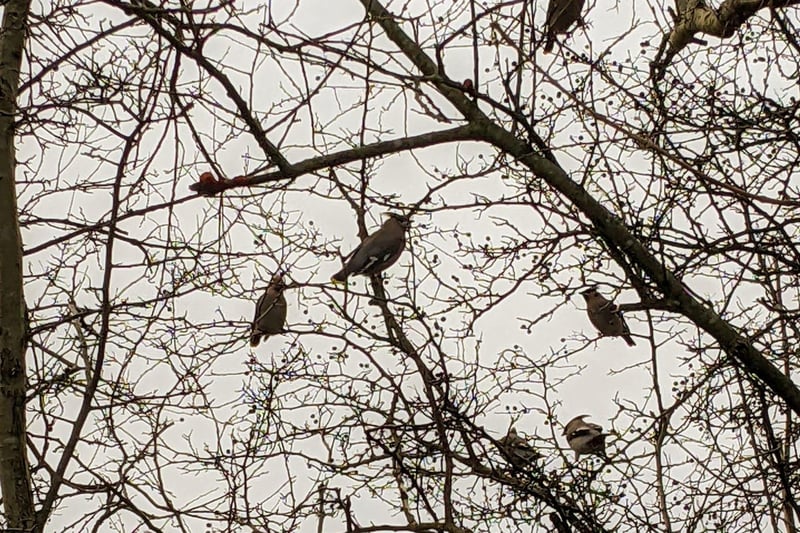
2. Largest flocks ever recorded
The visitation of the rare bird to Derbyshire includes a congregation on the Monsal Trail near Bakewell of more than 300 birds. Photo: SUBMIT
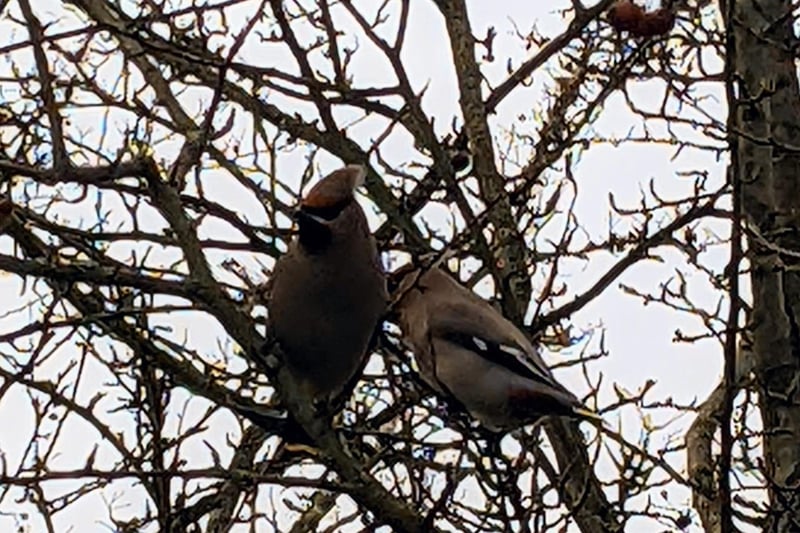
3. Hassop Station
Derbyshire Ornithological Society tweeted that ten waxwings flew west over Bottoms Reservoir in Derbyshire, 13 are still in Chesterfield around the junction of Hasland Road and Whitebank Close as well as the large number are at Hassop Station. Photo: submit
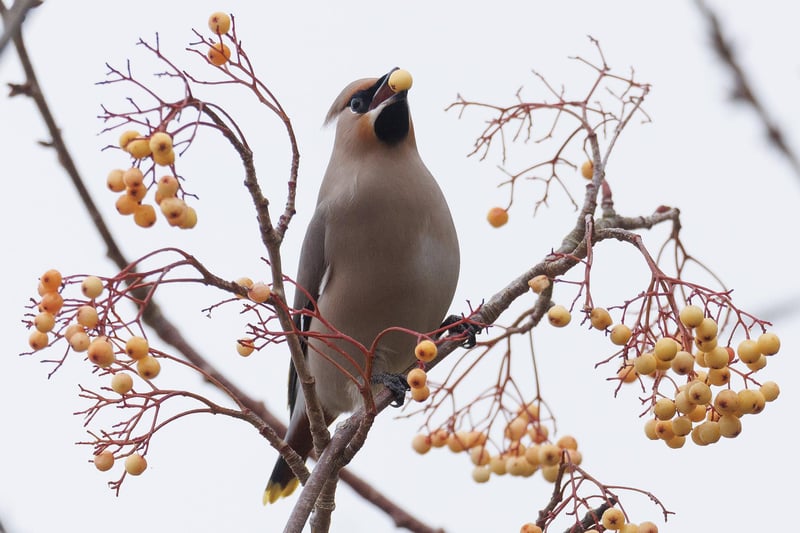
4. Beautiful bird
The waxwing is described as a "plump bird" which is slightly smaller than a starling. It is known for its prominent crest and does not breed in the UK but is a winter visitor. Photo: Dan Kitwood
